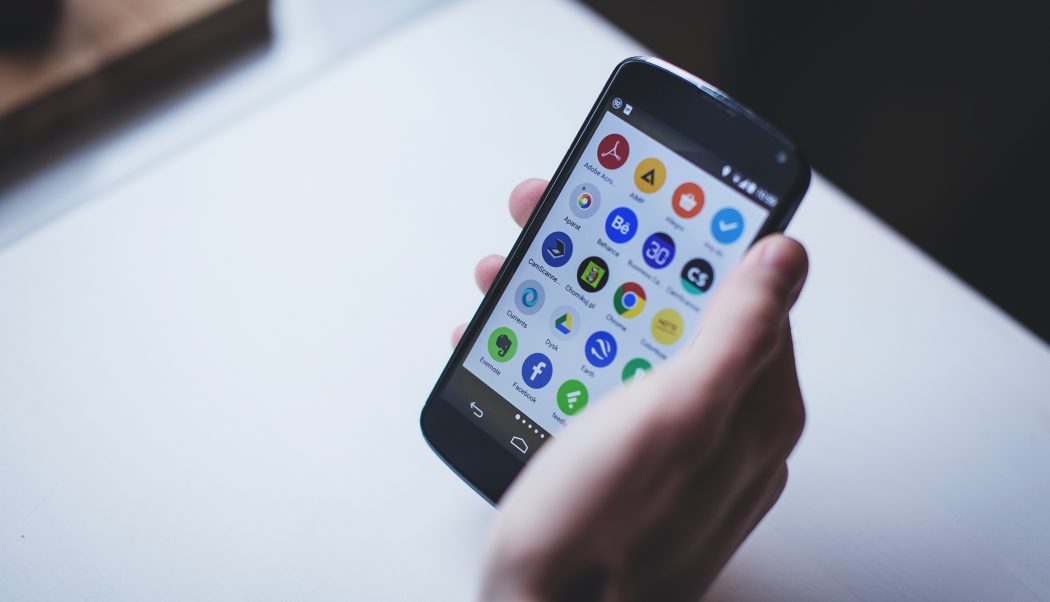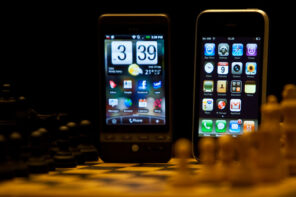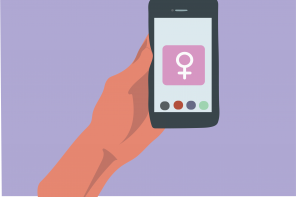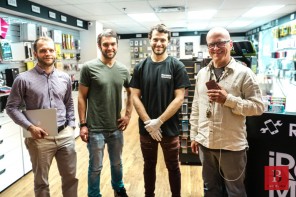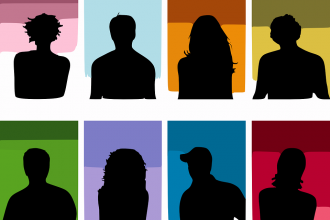It has long been touted, with limited self-awareness and increasingly accurate sincerity, that there is an app for everything. Perusing the App Store doesn’t do much to dispel or disprove this claim; any anxiety this overbearing presence of technology might cause on one’s delicate psyche can be addressed by apps that open up the doors to the Bible, naturopathy, hiking routes, the art of silent retreats, meditation, and combating your smartphone addiction (no truly, check out AppDetox, it is one of many).
It is not with the assumption of an incapable reader that I point out the obvious tension as well as irony in this problem/solution dynamic. I also don’t approach this from a ‘holier than thou’ stance of judgement: I currently have a notifications board on my iPhone that reminds me to meditate, wish someone a happy birthday on Facebook, run five kilometers because it is “Runday Funday Sunday” and check someone’s live video on Instagram before, god forbid, they stop streaming.
Can we download an app for anything? And if we can, should we?
Debates surrounding the digitization of the human experience are not new, but they are often displaced to the comfortable medium of what may happen at the extreme ends of the scale or what ramifications may await us in the more technologically advanced future. The recent public debate between tech goliaths Elon Musk and Mark Zuckerberg concerning the future of Artificial Intelligence (AI) highlights the fatalism and optimism that colour the existential questions technological advancement confronts us with. While the ethics of AI deserve extensive inquiry and debate, let’s not forget to question the technology we comfortably see as mundane. Instead of debating the innate moral value of technology that is frequently in use, let us first see if it even works as intended and if that intention makes any bit of sense in the first place. In other words: Can we download an app for anything? And if we can, should we?
The app that sends me daily notifications about impermanence and the art of calm is called Headspace, a service that boasts 8.5 million users and breaks down guided meditation into short videos, adorable graphics, and approachable comparisons concerning the mind and busy traffic. It is incredibly easy to love this app. It is easy to love the accessible way it breaks down meditation into minute by minute goals, easy to love the kind reminders it sends throughout the day, and even easier to love the calm British voice that guides the meditation.
Remarking on this tension is not to say we should throw the iPhone away with the bath water or push an agenda of digital fear mongering and tech minimalism.
The world of self-care apps has expanded in sync with the commodification of “taking a break”. Headspace is just a drop in an ocean of apps that track the way one can sleep, eat, breathe and focus. The issue at hand is not whether these apps exist or whether their existence is easy to love, but whether the intention of living a life with less distraction and more substance can be provided through a medium that has become a caricature of superficial distraction. While I love the consistent notifications Headspace sends me to take a time out for mindfulness, seeing them amidst a collection of email, Facebook, Instagram, Snapchat, and (at the delicate time this article was written) Tinder notifications is anything but absurd. Relying on a key source of a problem to deliver a solution is not only nonsensical, it is unsustainable.
Remarking on this tension is not to say we should throw the iPhone away with the bath water or push an agenda of digital fear mongering and tech minimalism. But this tension highlights the often forgotten fact that not everything is open for download or upgrade. The expectations we set on the technology accessible to us now should be under equal scrutiny to the expectations placed on the technology we long for in the future.

